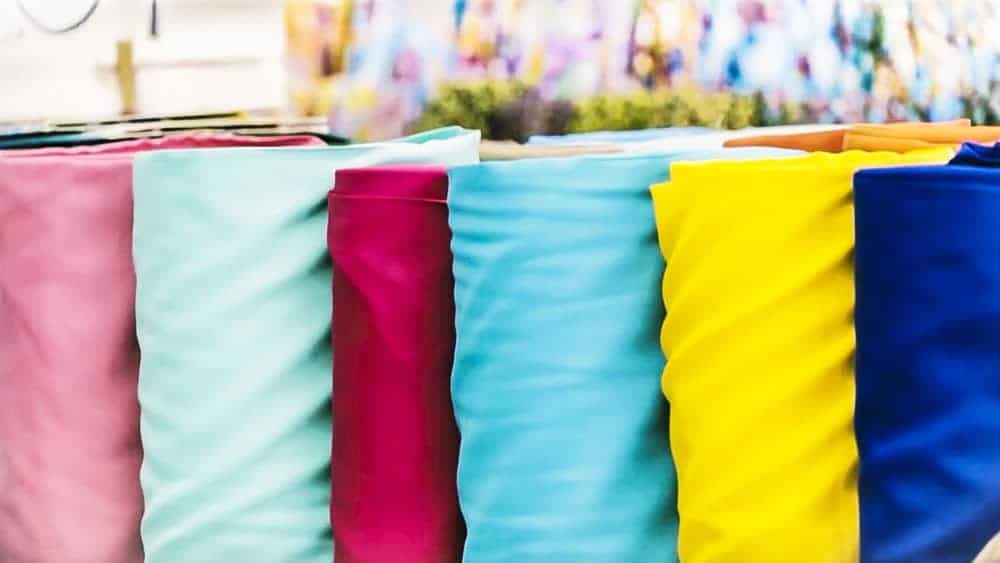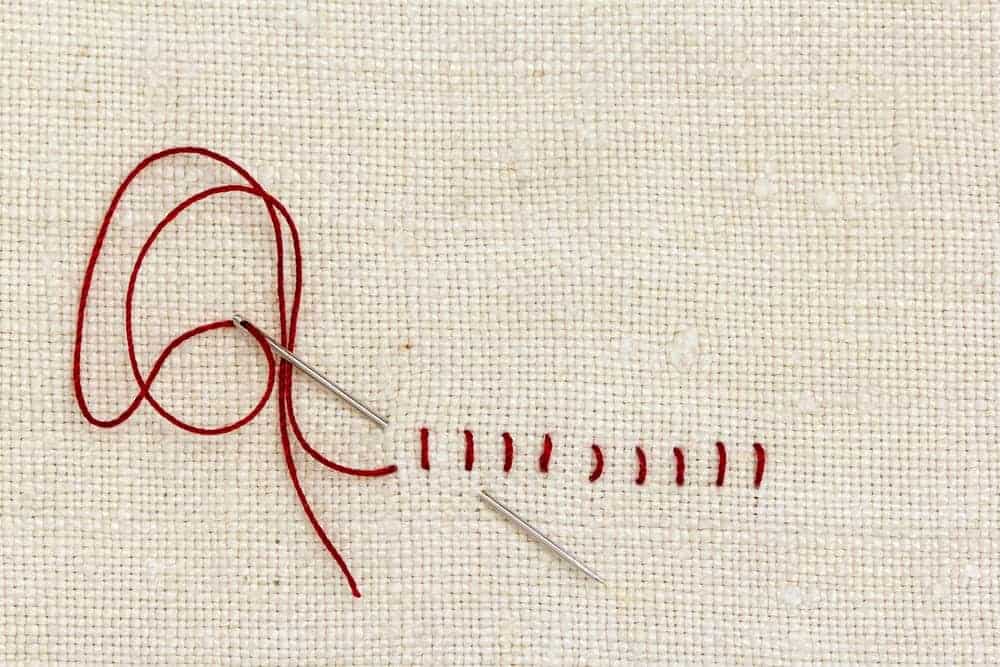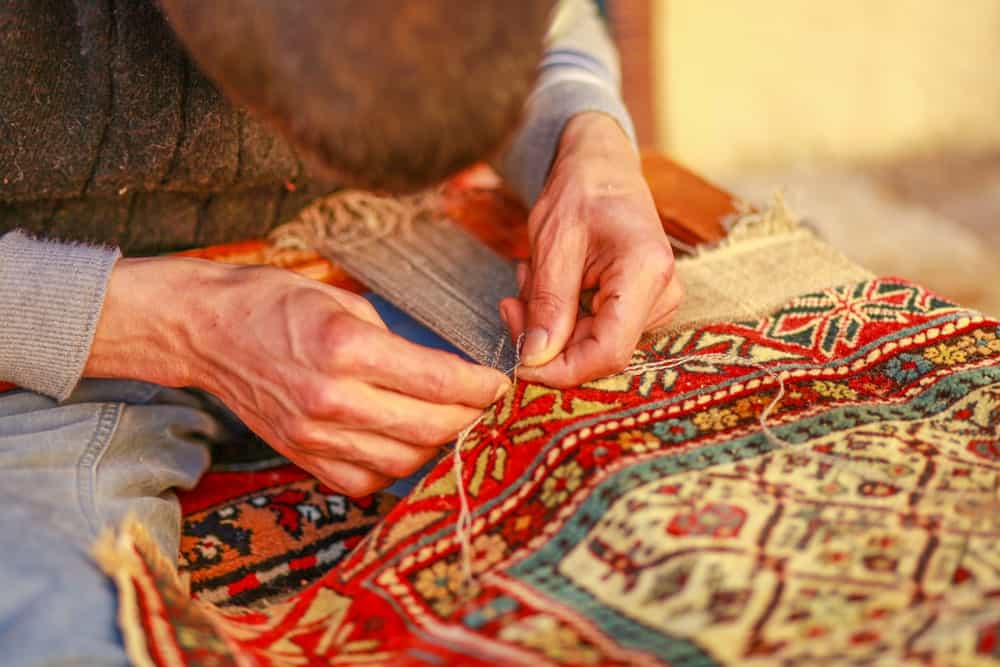Rayon fabric is versatile and durable material that is used throughout the world. This fabric is a unique blend of natural materials, such as silk and cotton, combined in a synthetic process to produces a moisture-wicking, lightweight, and silky fabric perfect for several applications ranging from clothing to industrial rope.
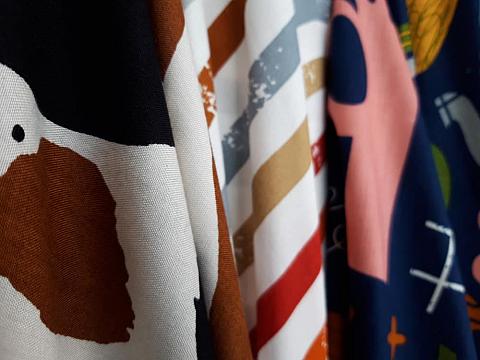
We interact with different materials every day, ranging from the clothing we wear to the tools we use. Rayon is an incredibly strong and durable fabric that can be used to make your underwear, bedsheets, or the rope you use every day in the backyard. Rayon is a unique blend that mixes together natural materials using synthetic chemicals to create a durable, soft, and long-lasting fabric.
Below, let’s take a closer look at the different Rayon fabric types and better understand how this incredible material is manufactured.
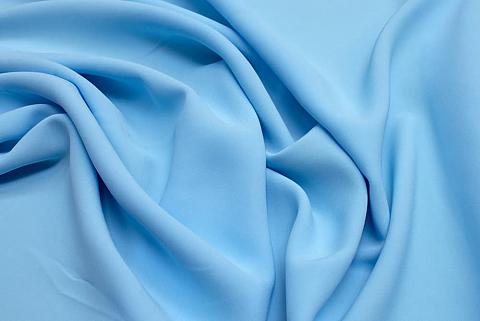
Table of Contents
- What is Rayon?
- What Does Cellulose Mean?
- What Are Types of Rayon Fabric?
- Specialty Rayon Blends
- FAQs
What is Rayon?
Usually, a piece of fabric will be either natural or synthetic. Natural fabrics include materials like linen and cotton. Natural fibers can also include materials like wool and silk.
This fabric is made from natural materials that come from the earth. Synthetic fabrics comparatively include synthetic fiber that is human-made and usually includes spandex and polyester materials. When it comes to rayon fabric, it falls somewhere in between the two types of fabric.
While rayon is made of natural materials, it undergoes a synthetic chemical process that is not entirely natural. Rayon is a popular fabric that can be used for many applications.
What Does Cellulose Mean?
Often, rayon is described as a cellulose fabric. Cellulose is a term that is used to describe the materials used to create this type of fabric. Cellulose simply means that it is of a material containing cells, which are always natural materials.
Many cellulose fabrics are made from plants or wood, which is very similar to rayon fabric. Many cellulose materials, including bamboo, beech tree, and wood pulp, are commonly blended together and used to create rayon fabric. Cellulose fibers can be left as they are, or can be reconfigured and recombined to create a unique and original cellulose texture to the rayon fabric.
What Are Types of Rayon Fabric?
Generally speaking, there are three main types of rayon fabric. These include Viscose Rayon, Modal Fabric, and Lyocell Rayon. Below, let’s take a closer look at each to better understand their unique properties and attributes.
Viscose Rayon

When it comes to fabric, Viscose Rayon is a popular option. This material is a semi-synthetic option that is made from wood pulp. Traditionally, this fabric was made from silk, but wood has been used as a substitute material in today’s manufacturing processes.
Viscose rayon can be used for several applications ranging from corded rope to clothing. It is also one of the most common types of rayon fabric used throughout the world. When measuring the strength of this fabric when wet, it has the least amount of strength. This feature simply means that it is the most likely to shrink when it is washed and dried.
Modal Fabric

While a Viscose Rayon is made from wood pulp intended to be a silk substitute, the modal fabric is made from a blend of natural materials. First, a semi-synthetic fiber is created from beech-tree pulp. This material is then blended together with other fibers like cotton or spandex to create a very strong yet synthetic material.
Modal fibers are used in several applications ranging from towels to underwear and PJs. This fabric is a very strong fabric that is often more durable than cotton fabric alone. Because this is considered a luxury fabric and textile, it often comes at a higher price. Expect to pay more for a modal fabric compared to cotton or viscose rayon fabric.
Lyocell Fabric
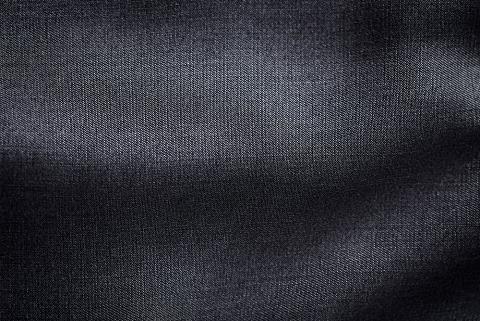
Just as the modal fabric is made from beechwood pulp blended together with other materials, like spandex or cotton, Lyocell Rayon also features a beech tree and substitute material blend. The difference between Lyocell Rayon and modal fabric, though, is that fewer hard chemicals are used in the process. This makes the fabric softer and smoother and means the process and end product are more environmentally friendly.
Compared to other rayon types, Lyocell is the most absorbent. This feature is excellent for clothing applications that work to wick the moisture away from the body, keeping a person cool and dry.
Specialty Rayon Blends
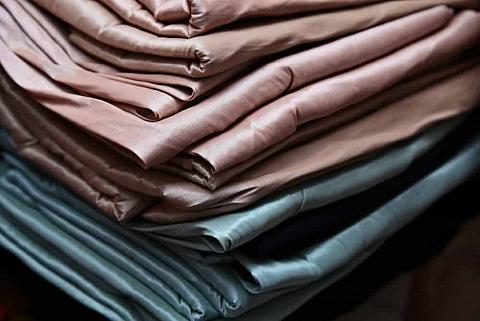
Of course, rayon fabric comes in a wide range of materials and blends, each with its own unique uses. Several specialty rayon blends are designed for their intrinsic features or their ability to replicate a natural material giving it a lower price point or a stronger blend of materials. Specialty rayon blends can be used for any number of appliaitons, but are commonly used for decorative fabrics or for clothing.
Polynosic Rayon
HWM Rayon is a special type of rayon that is often called polynosic rayon. This fabric is a unique blend of materials, going through a synthetic process that was first developed in Japan in the 1950s. Technically speaking, HWM Rayon, or Polynosic Rayon, is a Modal fabric with a high amount of polymerization in the blend.
While a normal rayon fabric might contain 40% polymerization, the HWM Rayon contains 55%. The end result is a material that is much stronger when wet. This feature means that this type of material will not shrink or deform as much as traditional rayon fabric.
Artificial Silk
Purchasing silk is incredibly costly because it is a time-consuming material to produce. Many people who want the look and feel of silk will opt for an artificial silk alternative. Artificial silk is cheaper but still gives you the same look like a natural material.
To create artificial silk, a type of rayon manufacturing process is used. To make artificial silk, bamboo viscose is used instead of beech-tree pulp. This material is also sometimes called bamboo silk.
The cellulose pulp is then blended with other materials and infused with a synthetic chemical process to create a strong, durable, yet soft, and delicate silk alternative.
Cuprammonium Rayon
One specialty type of rayon is called Cuprammonium Rayon. Just like other rayon fabrics, natural fibers are blended together using synthetic chemicals. In Cuprammonium Rayon, usually, extremely fine cellulosic fiber is used.
These natural fibers can be blended together with natural cotton or linen. The fibers undergo a synthetic process using a chemical called Cuprammonium. This process creates an extremely fine and silky fabric that can be used for several applications. This type of fabric is commonly used in drapery applications.
Bamboo Rayon
Rayon is made mostly from natural fibers that are infused with human-made chemicals to create a strong and durable fabric. While beech tree pulp and fiber are commonly used, it is also common to use bamboo. In Bamboo Rayon, the bamboo fibers are reshaped, creating regenerated cellulose.
These fibers are then blended together through a chemical process to create bamboo rayon. The end result is a soft yet strong fabric that is durable and lightweight. The fabric is breathable and moisture-wicking, which makes it wonderful for clothing.
Regular Rayon
If you see a regular rayon fabric advertised, this is almost always a Viscose Rayon. The fabric can be blended together with either natural or human-made fibers, such as the synthetic fiber spandex. This process creates a strong and durable fabric that is lightweight and very absorbent.
Regular rayon is strong, but it will not be as strong as natural cotton or linen. This fabric also tends to shrink more compared to other similar styled and manufactured fabrics.
FAQs
When it comes time to figure out what type of fabric you need for your application, you are faced with plenty of options. How do you even know where to begin? Luckily, we have been in the same overwhelming situation as you are currently and have put together a list of frequently asked questions surrounding the various types of rayon fabric.
Hopefully, with our guided information and answers to common questions, you will be well on your way to choosing the right type of rayon fabric for your next project.
What are the qualities of rayon fabric?
Rayon fabric is not fully synthetic nor fully natural. Instead, rayon is a wonderful combination of both. Because of this unique blend, it is possible to get the best qualities from both natural and synthetic materials.
Rayon is often extremely soft and smooth due to the natural materials that are blended together to create this fabric. Rayon can have an incredibly tight-knit surface and feel if it is made from naturally fine fibers and cellulose materials. Cotton, linen, and bamboo are all very common, naturally occurring elements that are found in rayon.
Further, rayon can have certain absorbent qualities. This material is also moisture-wicking, able to pull moisture away from the body. Because of this feature, rayon is lightweight, breathable, and very comfortable to wear. It will help to keep you cool and dry throughout the summer, even in the hottest weather.
Lastly, compared to other fully natural materials, rayon is relatively easy to make with minimal manufacturing processes. This feature means that often rayon will be a cheaper alternative compared to other materials. Rayon is commonly used as an artificial silk material. It is easier to produce and will cost just a fraction of the price of traditional, natural silk material. But, artificial rayon silk will give you the same durability and texture as natural silk.
What do rayon sheets feel like?
Rayon sheets are often used because they perform better than traditional cotton sheets. Rayon sheets will have the same silky and smooth feel as cotton sheets but often will be cooler to the touch. This characteristic is because rayon has a natural quality that can repel and wick away water and moisture.
This characteristic means that your sheets will remain cool and dry, even if your house is toasty warm through the summer months. Rayon sheets can be more comfortable to sleep in within the summer months, especially if you live in a hot and humid climate.
What material is cotton rayon?
The material rayon is a unique blend of synthetic chemicals with natural materials. Often, natural materials are used to create rayon, which makes several blends possible. Cotton rayon is just a blend of materials that features more natural cotton fibers in the blend.
Often, cotton-rayon will have a similar feel as traditional, natural cotton, but it will have moisture-absorbing qualities and help to wick water away from the body. Cotton rayon is also lightweight and breathable.
What are the pros and cons of clothes made from rayon?
Rayon is a very durable and strong material that has several benefits. The manufacturing processes introduce several chemicals into the material that produce a moisture-wicking and absorbent material. This process leaves the fabric breathable and lightweight. Rayon fabric is incredibly comfortable to wear and can be used from everything ranging from your pajamas to your sheets and towels.
Compared to other natural materials, rayon is also extremely cost-effective. Often, the cost of rayon fabric is just a fraction of the cost of traditional, natural fabric. This fact is especially true with high-end, luxury fabrics like silk. Artificial silk, commonly just a viscose rayon fabric, can be used as a substitute for this high-priced, natural material.
Unfortunately, though, rayon does have some downsides. Because of the manufacturing process, rayon is extremely subject to changes and shrinkage. Rayon fabric often shrinks and slightly changes form when exposed to water. For some applications, this is suitable, but it can greatly alter and impact certain clothing items’ fit.
What makes rayon fabric stretchy?
Rayon is a unique blend of several materials mixed together in a chemical process. Sometimes, only natural materials are used to create rayon. Other times, synthetic fibers are used as well. Spandex is a common material that will be introduced into the rayon fabric blend. Spandex will lend its stretchy qualities to the rayon fabric, creating a stretchy and unique material. Because of rayon’s naturally moisture-wicking properties, spandex blended with rayon is commonly used for athletic and sportswear.
What is rayon fabric, and is it sustainable?
To manufacture rayon fabric, several different materials are used. Both natural and synthetic fibers can be used to create rayon. These fibers are chemically blended together using man-made materials.
When it comes to rayon fabric, it can certainly be sustainable if sustainable materials are used. Using organic kinds of cotton and bamboo as part of the rayon blend is the perfect way to create a sustainable material. When purchasing rayon fabric, be sure to take an extra close look at the specific fabric and cellulose material blend to ensure only natural and sustainable materials are used.
Further, try to purchase rayon fabric that is Lyocell fabric. This type of material does not use as many chemicals in the blending process. This feature means that, in general, Lyocell Rayon fabric will be more eco-friendly and sustainable compared to other rayon fabric options. Lyocell rayon is better for the environment because it introduces less harmful and caustic materials in the manufacturing process.
What material is bamboo rayon?
To make rayon fabric, many different materials, both natural and synthetic, are blended. Bamboo rayon is a specialized type of rayon fabric that uses natural bamboo as the main natural fiber in the material. The individual cellulose fiber from a bamboo plant is reconfigured and combined to create this stunning fabric.
Bamboo rayon is soft, breathable, and has a silky feel. Plus, bamboo rayon will also be moisture absorbent and help to wick away water. In many applications, bamboo is a sustainable material. Using bamboo rayon is a great way to use a natural material that is also sustainable and eco-friendly.

